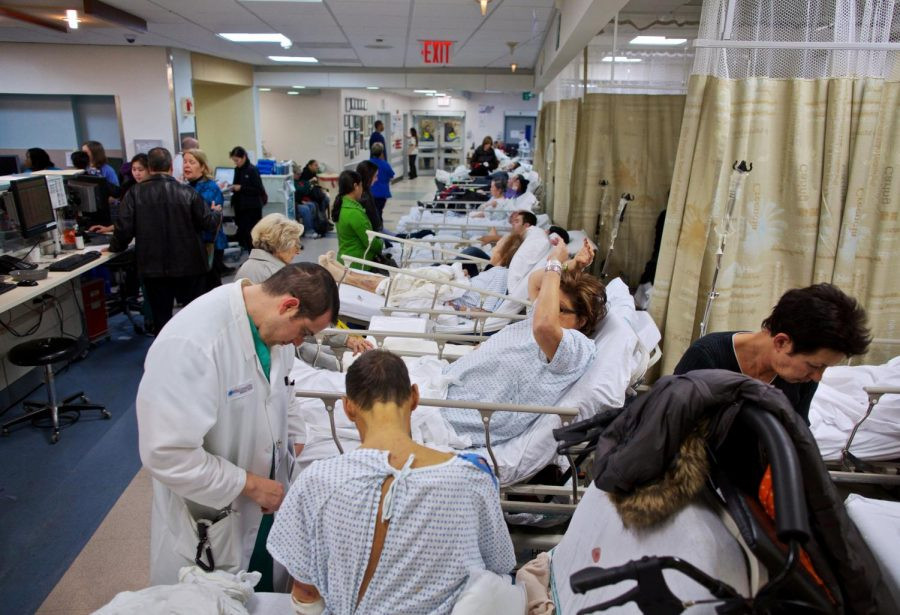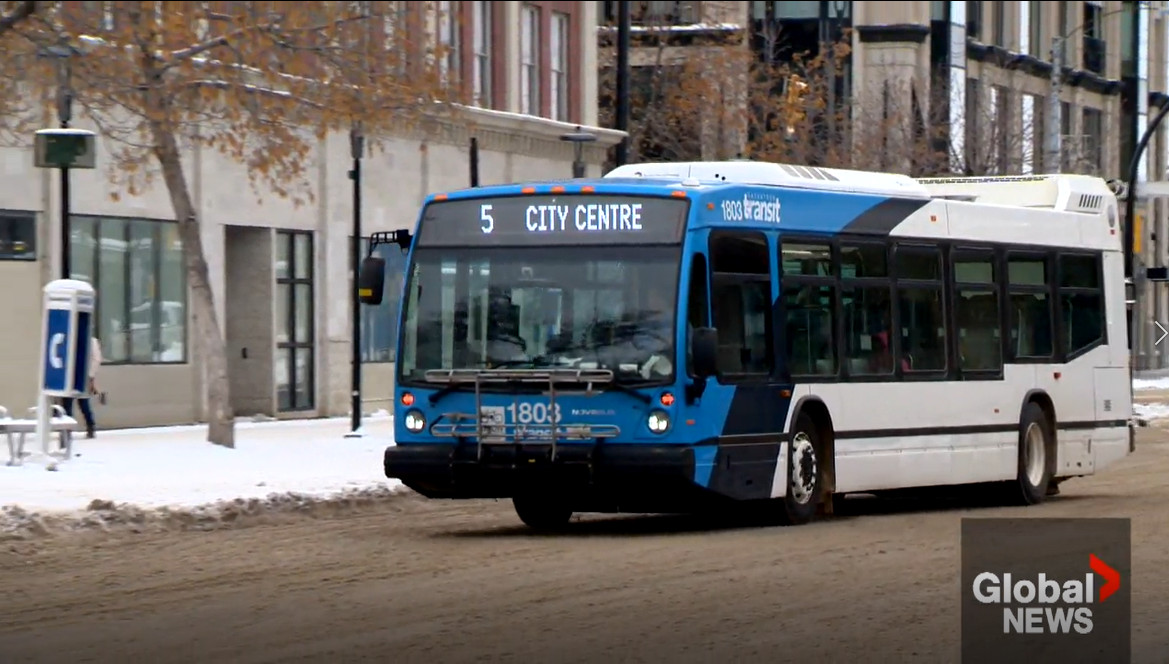The Irish healthcare system is grappling with a severe overcrowding crisis, with 249 patients currently waiting for beds in hospitals across the country, according to the latest figures from the Irish Nurses and Midwives Organisation (INMO) Trolley Watch. This alarming number reflects a persistent issue that has plagued the system for years, placing immense strain on healthcare professionals and compromising patient care.
The most overcrowded hospital is University Hospital Galway (UHG), where 31 patients are waiting for beds, highlighting the acute pressure on healthcare resources in the region. This number is particularly concerning given that August is typically not a peak period for hospital admissions.
The Impact of Overcrowding
Hospital overcrowding has a significant detrimental impact on patient care, leading to longer wait times for treatment, increased risk of infections, and compromised patient safety.
Patients waiting on trolleys in overcrowded emergency departments often face discomfort, lack of privacy, and delayed access to essential medical care. This situation also places immense pressure on healthcare professionals who are forced to work under challenging conditions, often leading to burnout and staff shortages.
Government Responses and Calls for Action
The Irish government has repeatedly pledged to address the issue of hospital overcrowding, but the problem persists. Deputy Mairéad Farrell, a Sinn Féin TD representing Galway West, has expressed deep concern over the situation at UHG. She has highlighted the distress experienced by families whose elderly relatives are forced to wait for days on trolleys, lacking basic comforts and privacy.
Farrell has called for a clear plan to address the overcrowding crisis, emphasizing the need for additional beds and a long-term strategy to improve hospital capacity. She has also criticized the government's underfunding of the Health Budget, which she believes has exacerbated the problem.
A Persistent Issue
The trolley crisis is a recurring problem in Ireland, and despite repeated promises from the government to address it, the situation remains critical. The government has introduced various measures, such as increasing hospital bed capacity and implementing recruitment drives to attract more healthcare professionals, but these efforts have yet to adequately address the root causes of the crisis.
The INMO has been a vocal advocate for addressing the overcrowding issue, highlighting the detrimental impact it has on patients and healthcare staff. The organization has called for a comprehensive plan that includes long-term investment in hospital infrastructure, increased staffing levels, and a more sustainable approach to managing hospital capacity.
The Path Forward
Addressing the hospital overcrowding crisis in Ireland requires a multi-faceted approach. This includes investing in infrastructure, increasing the number of hospital beds, and attracting and retaining more healthcare professionals. It also involves implementing a more efficient system for managing patient flow through hospitals and ensuring that alternative care pathways are available to patients who do not require acute hospital care.
The government needs to prioritize healthcare funding, ensuring that the Health Service Executive (HSE) has the resources to address the challenges facing the system. It also needs to work collaboratively with healthcare professionals, patients, and advocacy groups to develop a comprehensive plan for addressing the issue of hospital overcrowding.
The current situation highlights the urgent need for a sustainable solution to address the overcrowding crisis. Failure to do so will continue to have a detrimental impact on patient care, healthcare professionals, and the overall health of the Irish population.

















